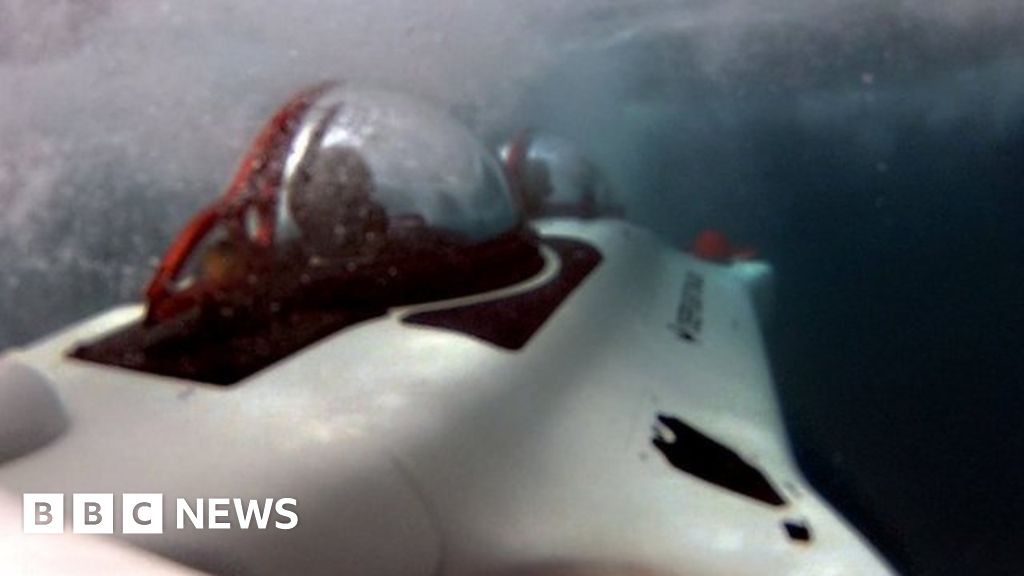

“Brazil and South Korea are the safest bets for who will come next. While those programs “did not survive to fruition”, a new wave of interest among several navies is on the rise. The Cold War saw some other countries’ unsuccessful attempts to develop indigenous nuclear-powered submarines in the 1960s, Sutton notes, referring to Sweden and Italy. Sutton claims that with more navies “thinking nuclear”, the situation “looks set to change” the current balance of power when “those same six countries are still the only ones operating nuclear-powered submarines”. “Today the number of countries operating nuclear-powered submarines is the same as it was 30 years ago at the end of the Cold War”.

Sutton focused on how the number of countries operating nuclear-powered submarines may change in the immediate future. In an article published by Forbes on 03 November 2019, noted submarine observer H.I. But after three decades it had not presented results that could modify the current picture of the navies with nuclear propulsion. Its program ATV, or Advanced Technology Vessel, was initiated in 1974. India is a nation that struggled to enter the select group of countries that build nuclear powered submarines. Besides the US, which has 74 nuclear submarines of all types, Russia (45), UK (13), France (10) and China (10) also possess nuclear-powered submarines of various types.

India became the sixth country in the world to have built one. The name Arihant has its origins in the Jain religion, and unofficial news reports stating "Destroyer of Enemies" omitting the definite article. The 367-foot long INS Arihant, which means "Destroyer of the Enemies" in Hindi according to the official news release. On 26 July 2009 India launched its first nuclear-powered submarine, which is not included here as it is not presently in commission.

Today's nuclear submarines can go faster than 25 knots, dive deeper than 800 feet and stay underwater for more than 90 days (limited by the amount of food stored on board). They were not designed to dive deeper than about 300 feet. They carried diesel fuel for less than 90 days. They could not go faster than 10 knots underwater for more than one hour, and they could not normally stay underwater for more than one day at a time. World War II submarines were powered by diesel engines on the surface and batteries when submerged. Diesel submarines travel too slowly and have too limited a range to cover the wide areas of ocean and respond rapidly to crises around the world. The United States uses a forward presence defense, deploying its forces overseas. Ballistic missile submarines are part of the strategic forces and are capable of launching strategic nuclear weapons upon short notice. Attack submarines are part of the conventional forces and have capabilities in several mission areas including intelligence, surveillance, and reconnaissance, undersea warfare, strike warfare, and special operations warfare. These include attack submarines, guided missile submarines deployed, and ballistic-missile submarines which provide strategic deterrence. Over the past century there have been several classes and types of submarines which performed a variety of missions. World-Wide Nuclear-Powered Attack Submarinesīy 2015 the US Navy had more nuclear-powered attack submarines - 54 - than all other countries combined, which have a total of 40.


 0 kommentar(er)
0 kommentar(er)
